Becoming a pilot in command comes with great responsibility, and every PIC should have these four characteristics.
It sounds like it would be great to always be pilot in command—either the person flying the aircraft in a solo flight, or the captain of the crew when there is more than one pilot working. You get to say “This is your captain speaking” and the passengers want selfies with you in the cockpit. However, being a great pilot in command is a tremendous responsibility.
Becoming a Great Pilot In Command
The PIC is in authority and makes all the final decisions, true, but he or she is also ultimately responsible for every person on board. Are you ready for that responsibility? California Aeronautical University (CAU) will help you not only prepare well for this role, but to act as PIC while still maintaining your love of and excitement for flying. California Aeronautical University prides itself in not only providing technical education for pilots, but also in shaping great pilots in command.
Safe
CAU provides thorough training and carefully maintained equipment. These are an essential part of performing well as a PIC. However, a strong education and reliable airplane can only take a PIC so far. Great pilots in command are always committed to safety first. This means that the pilot does not take chances in marginal weather or rush a pre-flight check if running late. Safe pilots in command know not to fly when compromised by medication, illness, alcohol, or emotional upset. They notice when any member of the crew might not be fit to fly as well, and professionally challenge them on their ability to operate safely. Doing so might not be comfortable, but it is the mark of a responsible leader.
When flying alone or with a crew, a safe pilot in command resists “get there-itis” or “get home-itis.” This means avoiding the temptation to make decisions to expedite a flight even if conditions are not safe. That can involve weather, aircraft conditions, or maintenance concerns like foreign object debris on the runway. Ignoring any of these can have great consequences, and a responsible PIC will immediately stop an accident chain in its tracks, even if this might delay or cancel plans, upset a client, or affect friends and family members.
Confident
Sometimes the pilot in command does not have time to hesitate in rendering an important decision. He or she must have the confidence to make the best decision possible based on the information at hand. This usually involves relying on accumulated experience, as well as “book knowledge” gathered from briefings or reliable aviation publications. Confidence allows a great pilot in command to file a wise, efficient flight plan, as well as the ability to safely change it on a moment’s notice. When a pilot in command has confidence, most likely the crew does too.
Confidence should not equal arrogance. Arrogance is over-reliance on the self. A great pilot in command feels sure of his or her skills, but is also realistic about the limitations of them. Well-informed pilots in command know what their airplanes can do and cannot do. This knowledge not only makes for safe decisions, but also provides the ability to react quickly and safely in the event of an emergency. A confident pilot in command, then, is also an assiduously informed one.
A PIC builds confidence through practice, repetition, and a feeling of security. These are built over time. CAU contributes to this aspect of acting as a PIC by providing access to pilot and professional mentors, as well as quality instruction and careful maintenance. Relying on these makes it easier for a student pilot to act as pilot in command while training, and, if they so desire, eventually flying alone as a confident “crew of one” or in command of a large crew.
Humble
Confidence in a pilot in command goes hand in hand with a healthy sense of humility. A pilot in command who thinks he or she knows everything is ultimately a dangerous one. By demonstrating humility, a great PIC is open to accommodating changing conditions, air traffic control commands, and passenger requests if necessary. Great PICs listen to and (if necessary) mentor their first officers, honoring their role in the crew and adhering to safety and weather considerations that may raise. They answer questions honestly and communicate openly with the entire crew.
Strong pilots in command also trust and value their crew members. They are also respectful of engineers, flight attendants, air traffic controllers, security personnel, gate agents, ramp workers, maintenance crews, flight dispatchers, and anyone else who keeps the airplane flying. PICs who dismiss those who work behind the scenes or fail to recognize their contributions may not be respected as leaders.
By integrating pilots with other professionals who work in the aviation industry, CAU ensures that those in the cockpit understand the importance of each role. Interacting with those who are not “in the left seat” creates a pilot in command who realizes that he or she is a member of a team, even when flying alone.
Curious
CAU works to create great pilots in command because the faculty and staff understand that aviation is a lifelong career or hobby, and great pilots are always learning. While grinding away at memorization or flying the same leg again and again as a senior airline captain, it can be easy for the first thrill of flying to fade away. However, if a PIC remains curious, they will never become bored or complacent.
A pilot’s curiosity should extend to not only the airplane he or she is flying, but also what is new in the industry. Great PICs keep up to date on new FAA regulations, the latest safety measures, and innovative training formats or pilot aids. They attend seminars, study accident and “near miss” reports, ask questions, and are open to constructive criticism. CAU provides several resources for pilots to keep learning, long after they have become private pilots or first enter the job field.
Ready to soar in your aviation career?

Tamu Smith-Kohls serves as the Vice President of Enrollment Management and Marketing for California Aeronautical University. She has worked in the aviation industry in various roles for 24 years. As a United States Air Force retired veteran, she has a unique appreciation for the aviation industry. Tamu has served in Information Systems as a Network Administrator, Aerospace Flight Medicine as a Health Services Manager, and Air Force Recruitment and Marketing. She holds an undergraduate degree in Psychology; a Master’s in Business Administration and is a Certified Neuro Linguistic Practitioner. Her passion is motivating, training, coaching and serving others to reach their best potential.
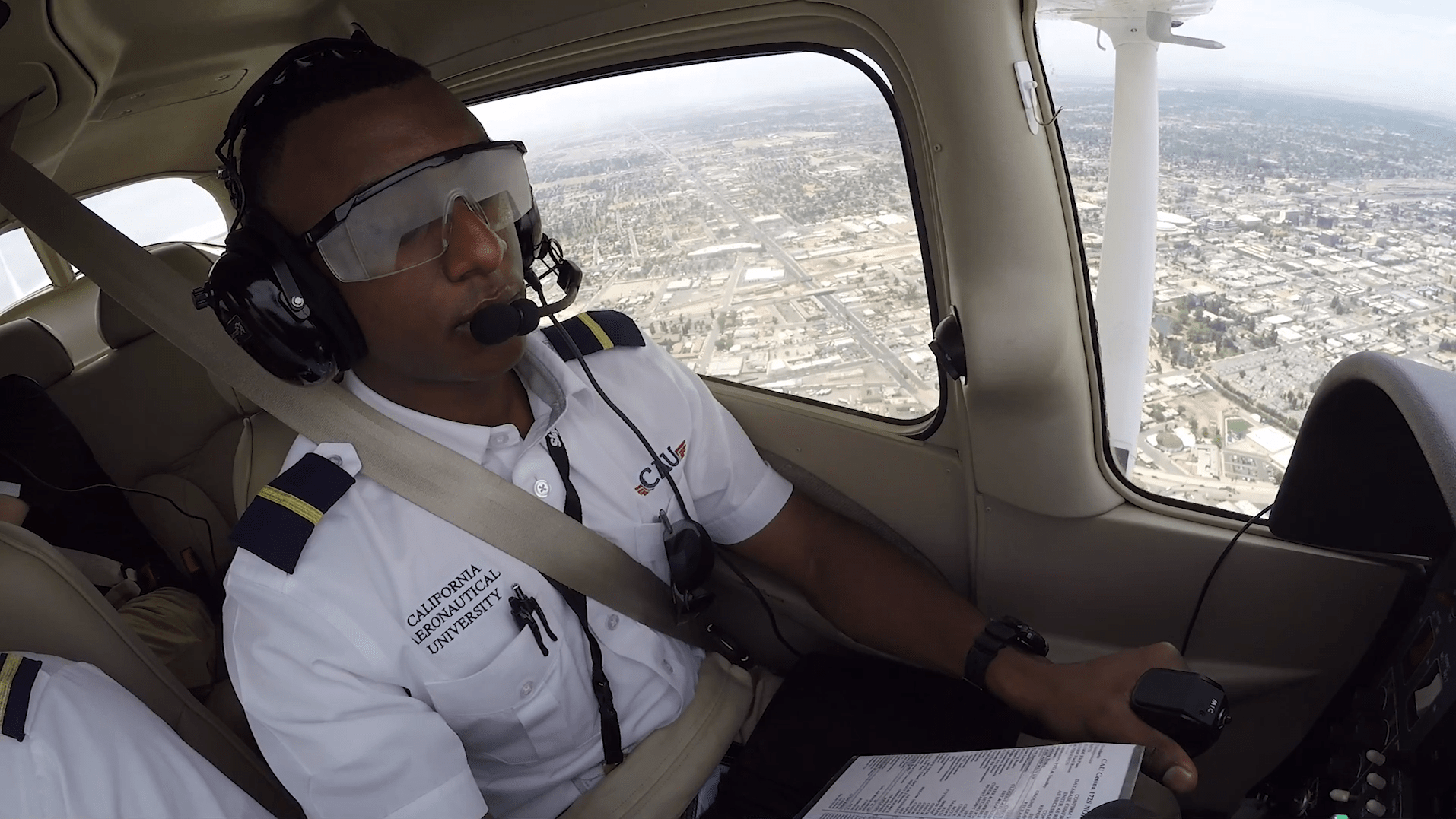
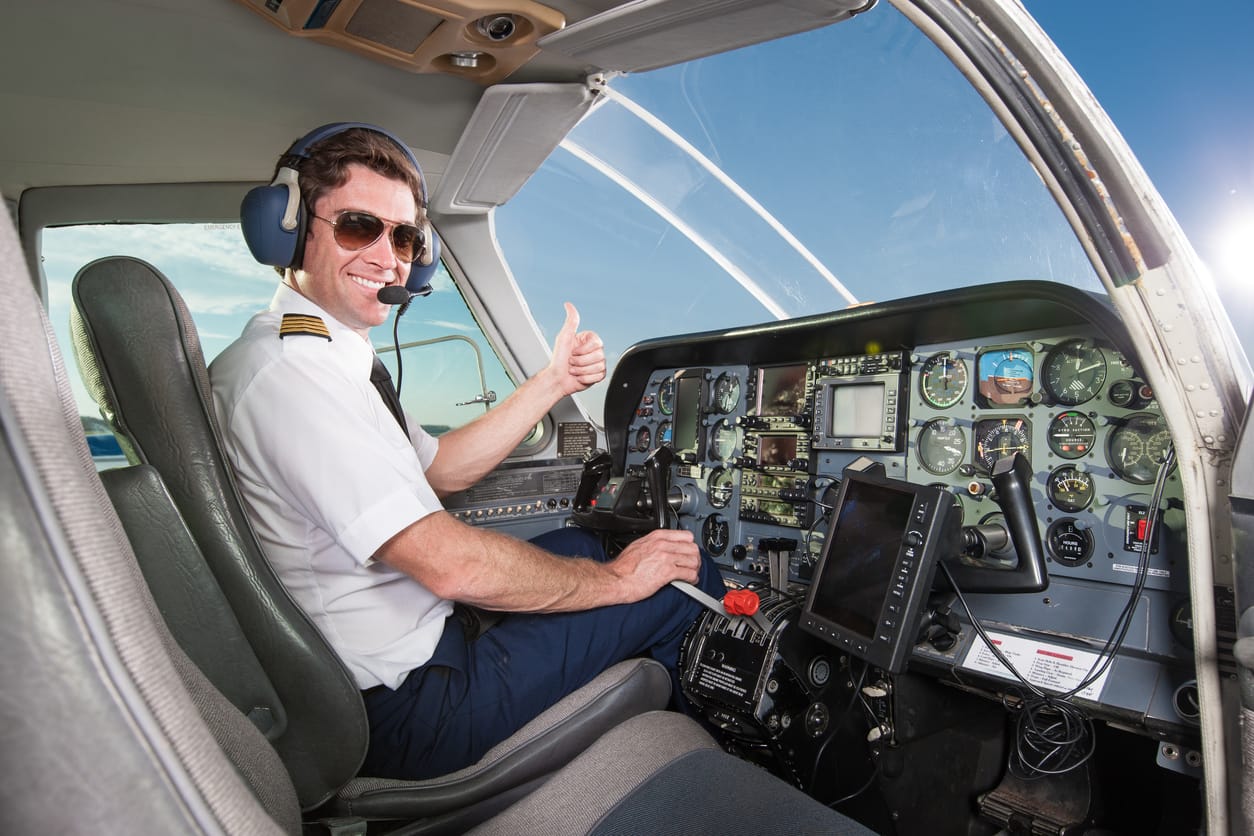
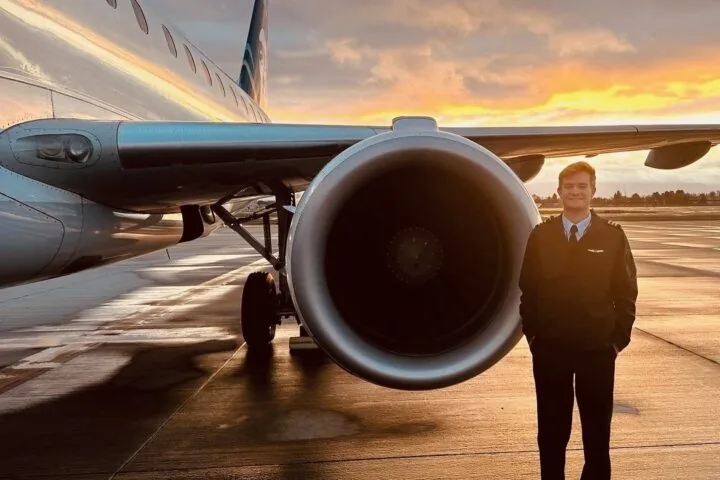
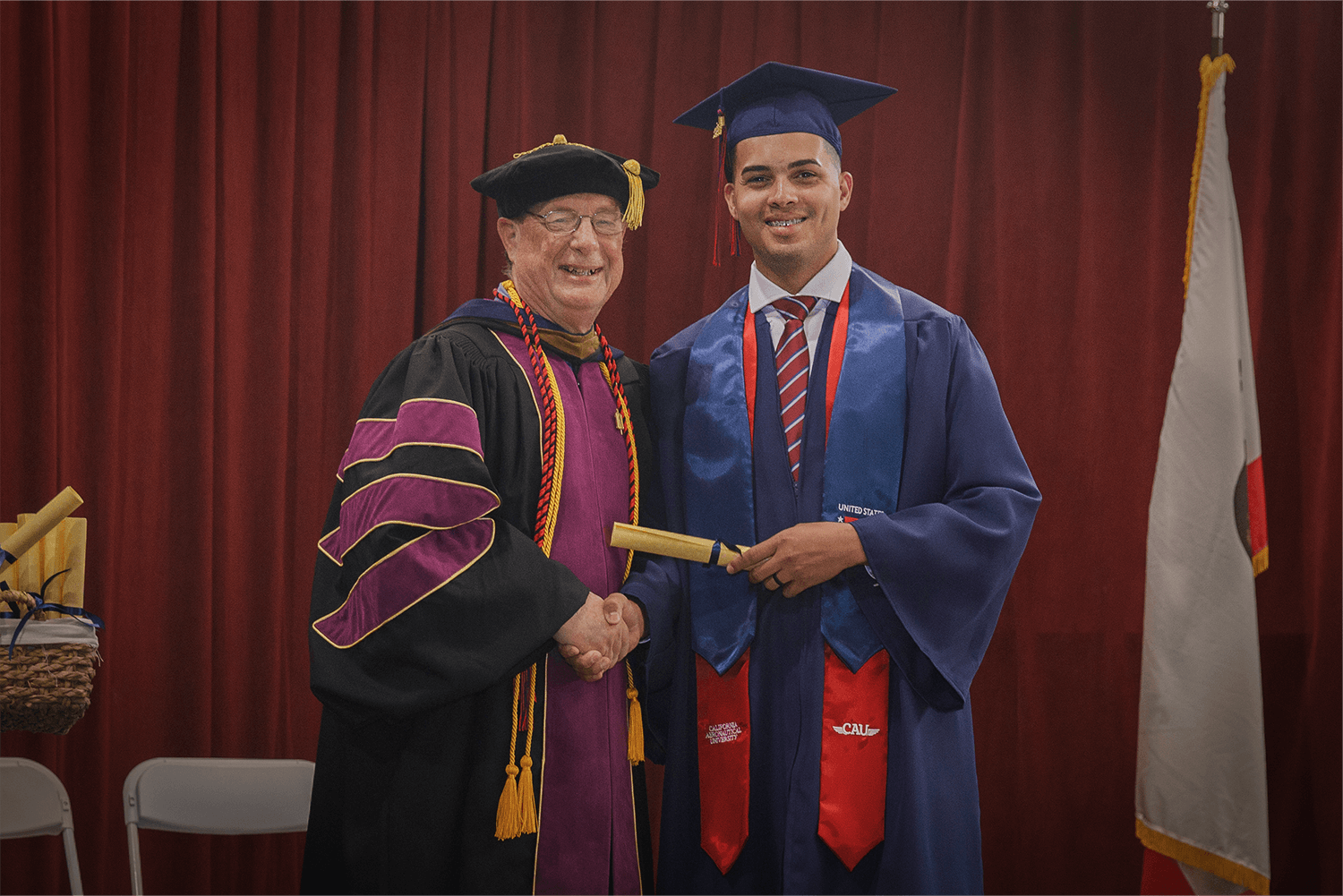
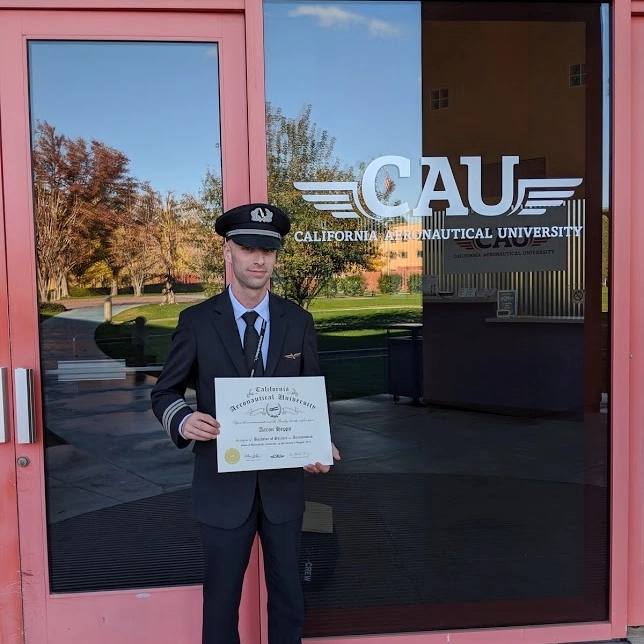

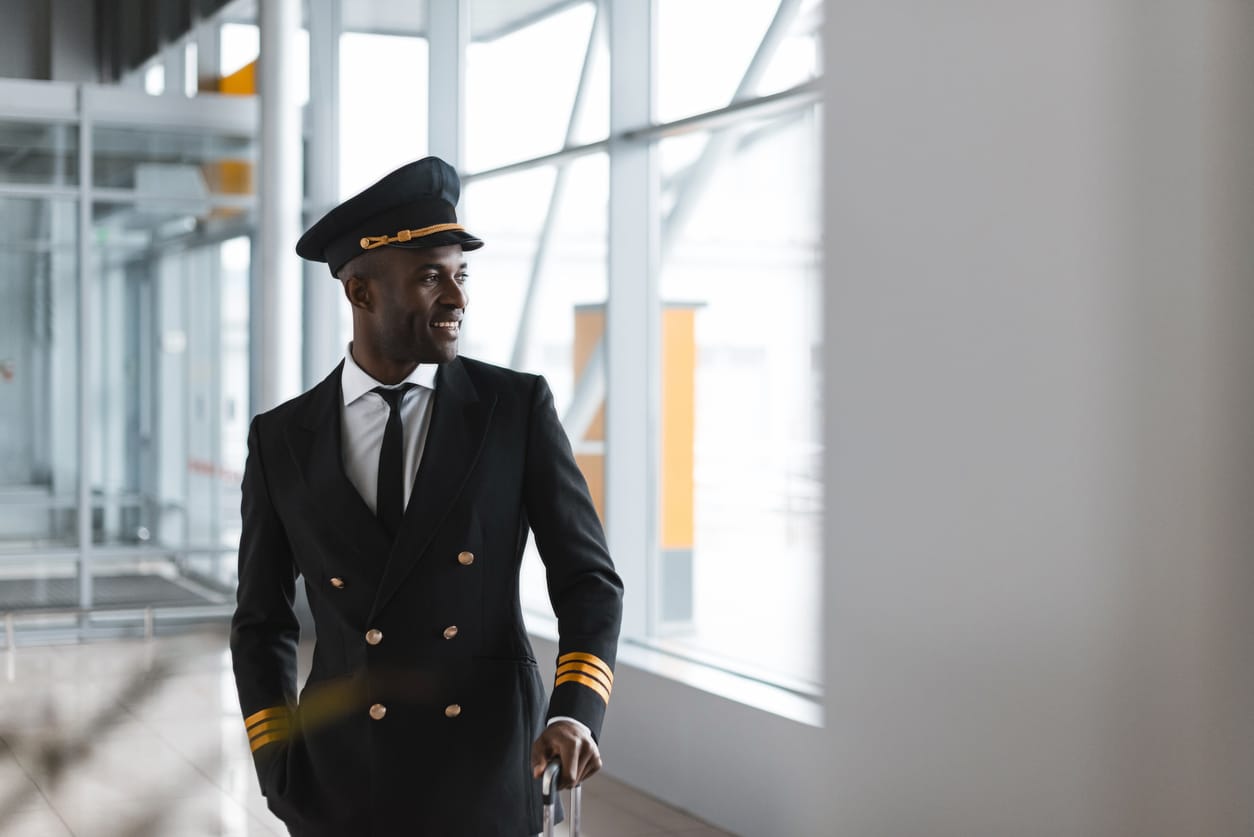
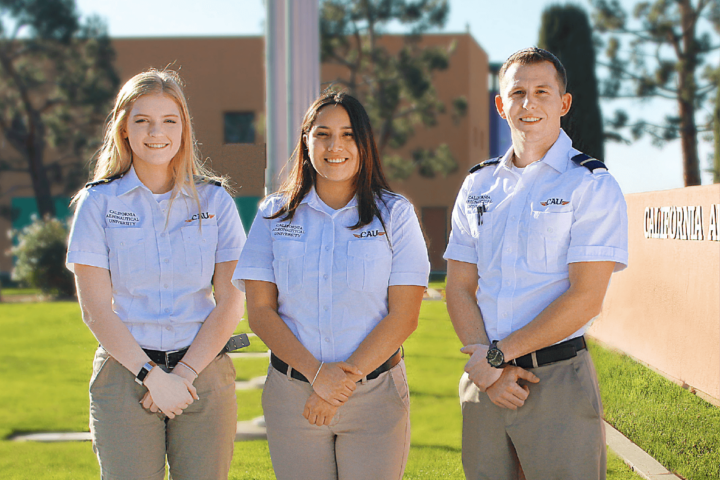
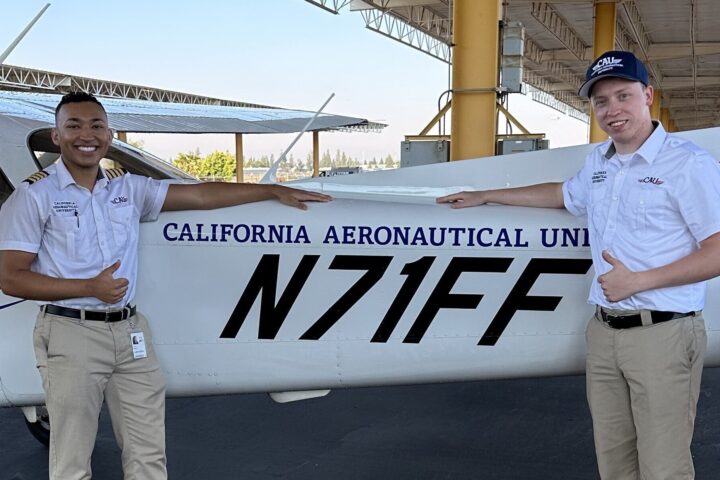

What degrees are offered at CAU?
Hi John, thank you for your comment! CAU offers a variety of degrees including: Bachelor of Science in Aeronautics, Aviation Maintenance Technology degree, Associate of Science in Aviation Studies (Fixed-Wing and Helicopter), Bachelor of Science in Aviation Business Administration, Bachelor of Science in Business Administration, Master of Aviation Science, and Master of Business Administration. We’d love to speak with you more about our degree programs, please give us a call at 661-615-5915!